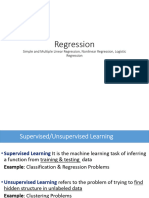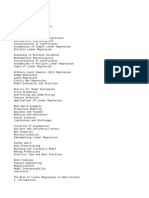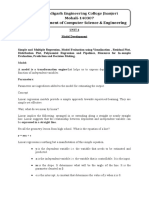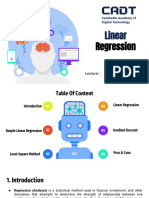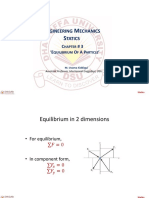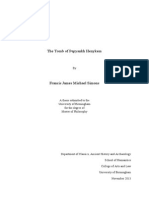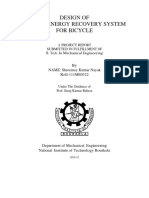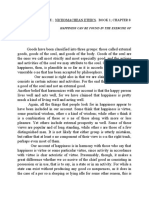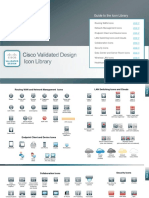0% found this document useful (0 votes)
31 views5 pagesIntroduction To Linear Regression
Linear Regression is a fundamental supervised machine learning algorithm used for predictive analysis, modeling the linear relationship between dependent and independent variables. It involves estimating coefficients to minimize the error between predicted and actual values, typically using techniques like Ordinary Least Squares or Gradient Descent. Variations include Simple, Multiple, Polynomial, Ridge, Lasso, and Elastic Net Regression, with applications spanning business, healthcare, science, and social sciences.
Uploaded by
Umair AliCopyright
© © All Rights Reserved
We take content rights seriously. If you suspect this is your content, claim it here.
Available Formats
Download as PPTX, PDF, TXT or read online on Scribd
0% found this document useful (0 votes)
31 views5 pagesIntroduction To Linear Regression
Linear Regression is a fundamental supervised machine learning algorithm used for predictive analysis, modeling the linear relationship between dependent and independent variables. It involves estimating coefficients to minimize the error between predicted and actual values, typically using techniques like Ordinary Least Squares or Gradient Descent. Variations include Simple, Multiple, Polynomial, Ridge, Lasso, and Elastic Net Regression, with applications spanning business, healthcare, science, and social sciences.
Uploaded by
Umair AliCopyright
© © All Rights Reserved
We take content rights seriously. If you suspect this is your content, claim it here.
Available Formats
Download as PPTX, PDF, TXT or read online on Scribd
/ 5



